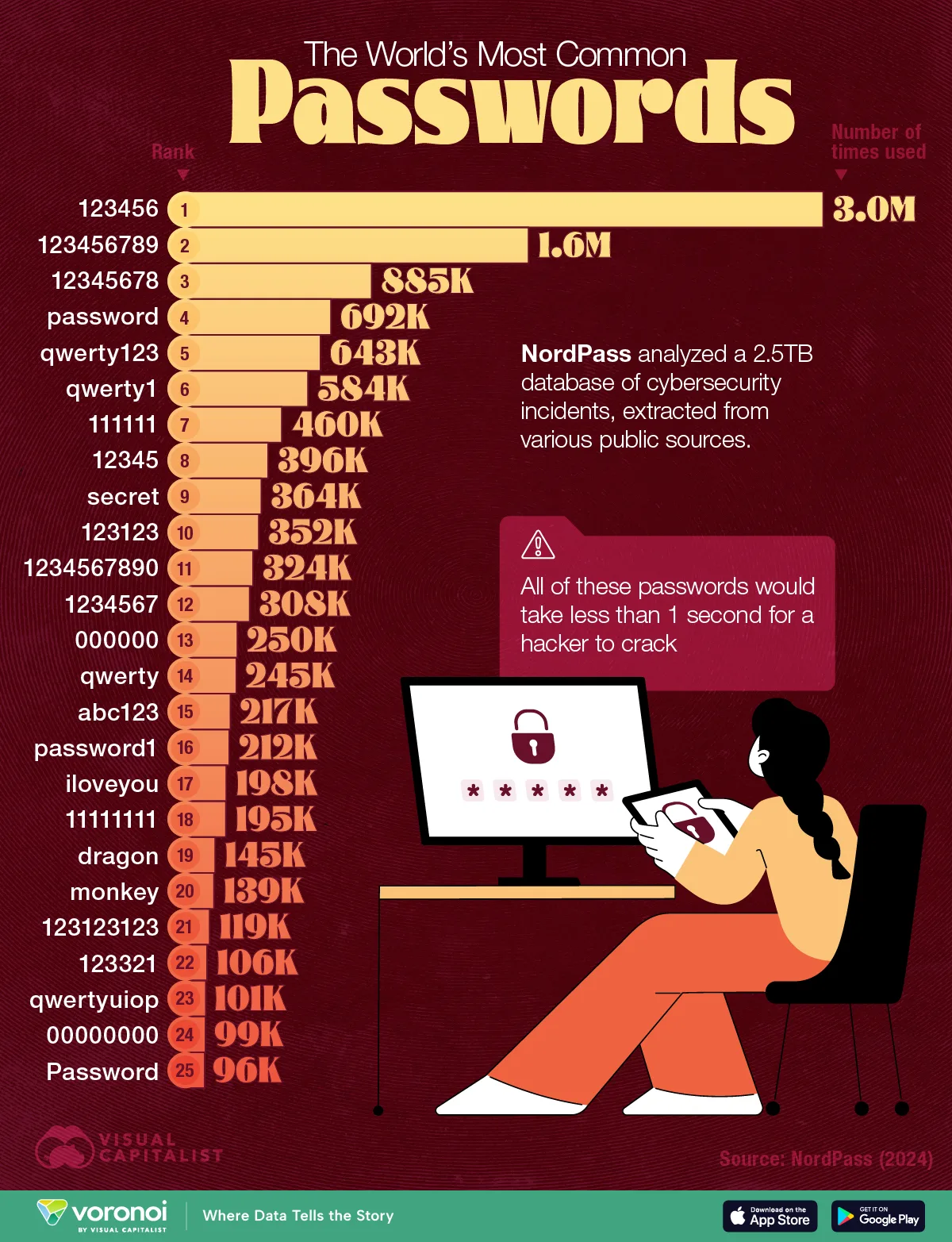
WAEC 2025 Data Processing Theory Questions and Answers
For those who wrote Data Processing 2025 – WAEC, we have provided the answers based on the questions, along with the questions themselves. This is for those who want to go through it and learn from it. You can take your time to review it carefully.
We wish you all the best in your exams. Make sure you revise to see what you got right and where you made mistakes. Although you’ve already written the exam, we still wish you success going forward.
Check – WAEC Data Processing Past Questions with Answers
Section A:
1. (a) Define the following terms:
- Data Processing
- Data Collation
2. (b) List and briefly explain the four stages of the Data Processing Cycle.
3. (c) State four benefits of using computers in data processing.
Section B:
4. (a) Differentiate between a hacker and a spammer.
5. (b) Mention three uses of Excel Add-Ins.
6. (c) Explain the following internet terms:
- Cookies
- Plugin
- Web Crawlers
Section C: Practical Applications
7. Outline the five steps to create a Contact Database Table in a database program like Microsoft Access.
Section D:
8. (a) Describe the three modes of data transmission with examples:
- Simplex
- Half Duplex
- Full Duplex
9. (b) Identify one component of data communication and its function.
WAEC 2025 Data Processing Theory Part Answers
1. Data Processing Basics
(a) Definitions
Data Processing:
Data processing is the act of collecting raw data and converting it into meaningful and useful information through a series of steps such as sorting, organizing, analyzing, and summarizing.
Data Collation:
Data collation involves gathering data from various sources and arranging it systematically for easy access and use.
(b) The Data Processing Cycle
The cycle includes the following stages:
1. Input:
Entering raw data into the system using devices like a keyboard or mouse.
2. Processing:
Performing operations on the data to analyze and organize it.
3. Storage:
Saving the processed data for future use.
4. Output:
Presenting the final, processed information in a readable format such as a report or display.
(c) Benefits of Using Computers in Data Processing
1. Speed:
Computers can process large volumes of data quickly.
2. Accuracy:
Minimizes human error during calculations and analysis.
3. Storage Capacity:
Can store vast amounts of information efficiently.
4. Automation:
Handles repetitive tasks automatically, saving time and effort.
2. Difference Between Hackers and Spammers
Hackers:
Individuals who gain unauthorized access to computer systems, often to steal, manipulate, or destroy data.
Spammers:
People who send unwanted bulk messages, often for advertising, phishing, or scams.
3. Uses of Excel Add-Ins
- Provide additional tools and features (e.g., Solver for complex calculations).
- Help automate repetitive tasks to improve efficiency.
- Enable integration with other software applications.
4. Key Internet Terms Explained
Cookies:
Small text files stored by websites to remember user preferences, login details, and browsing activity.
Plugins:
Software add-ons that extend the functionality of an application (e.g., enabling video playback in browsers).
Web Crawlers:
Automated programs used by search engines to scan and index websites. Several search engines such as Google, Bing, Yandex so on makes use Web Crawlers.
5. Creating a Contact Database Table
Steps:
1. Open a database program (e.g., Microsoft Access).
2. Go to Create > Table.
3. Add necessary fields:
- ContactID (Unique Identifier)
- FirstName, LastName (Text)
- Phone, Email (Text)
4. Save the table as Contacts.
5. Switch to Datasheet View to enter contact information.
6. Data Transmission Modes
(a) Types
Simplex:
Data flows in one direction only (e.g., from a keyboard to a computer).
Half Duplex:
Data flows in both directions, but only one at a time (e.g., walkie-talkies).
Full Duplex:
Data flows in both directions simultaneously (e.g., phone calls).
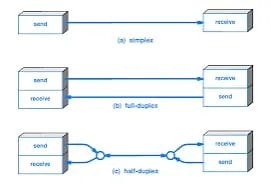
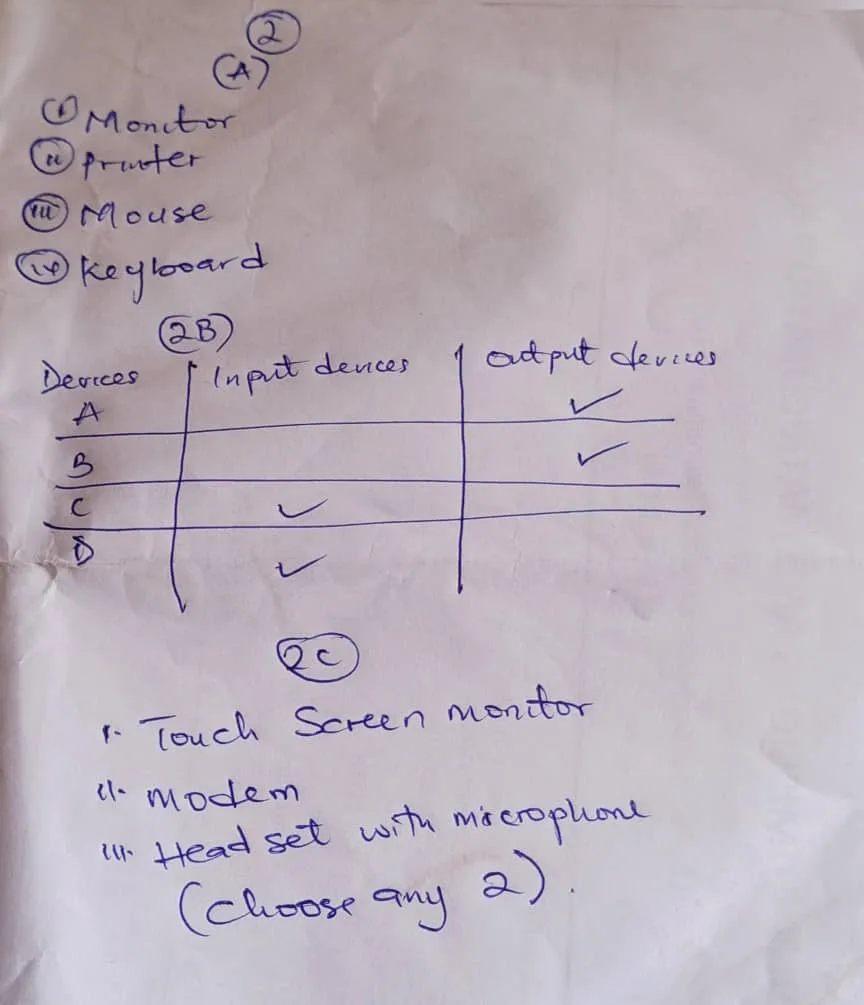
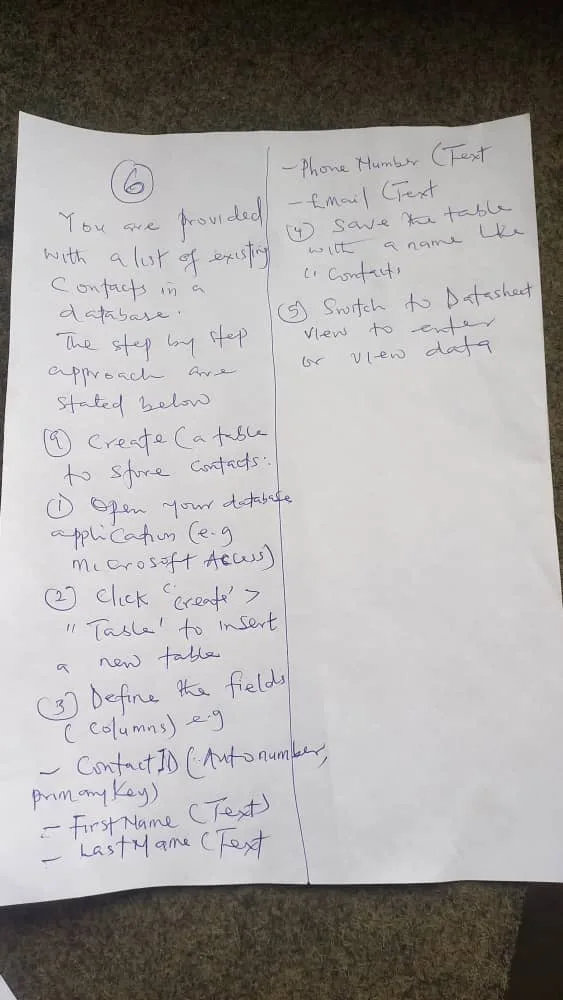
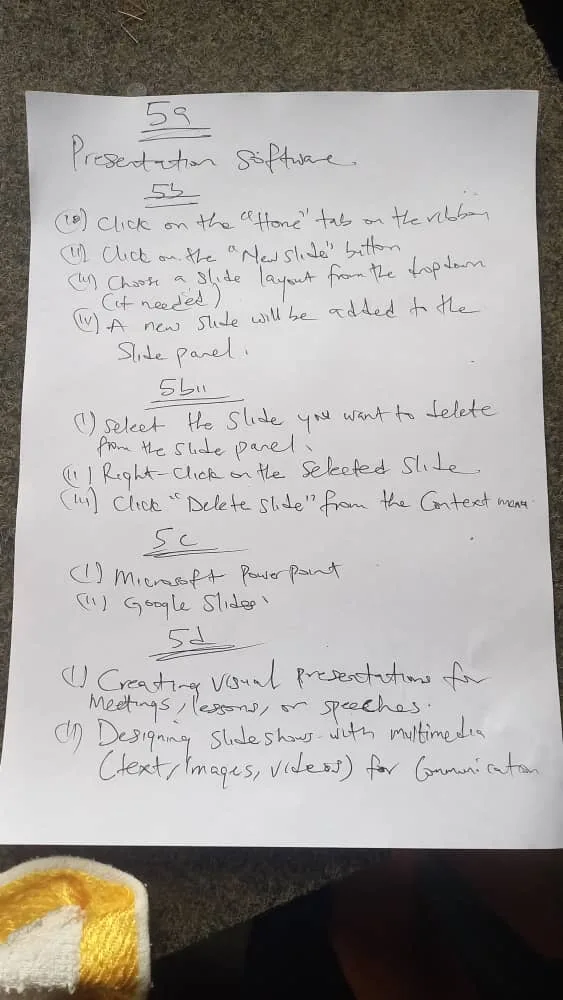
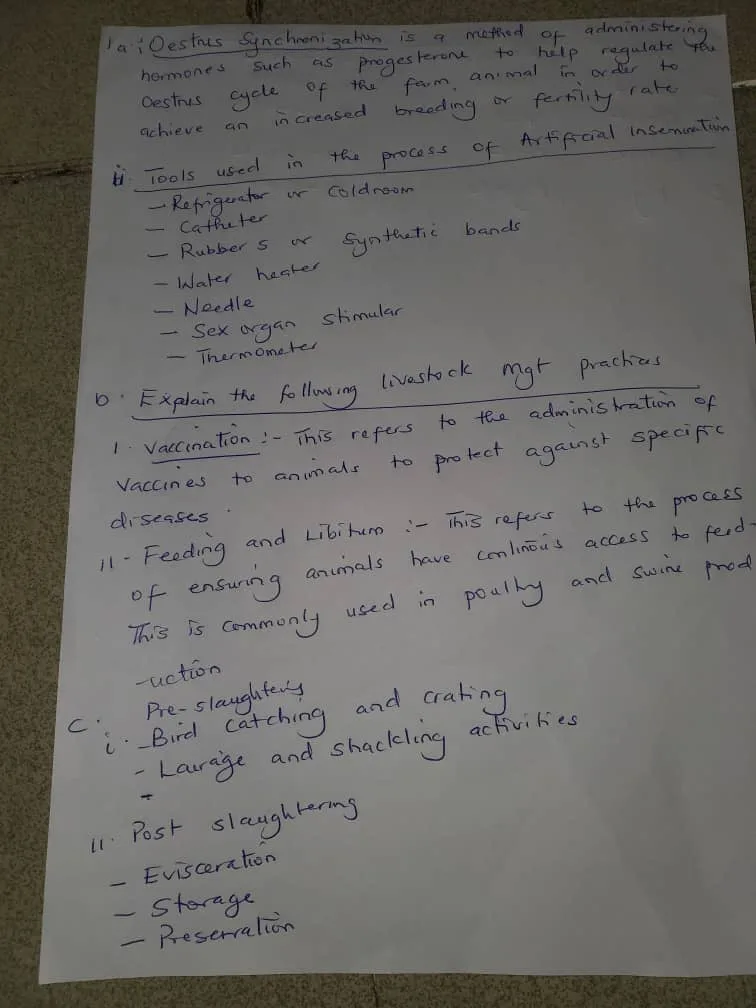
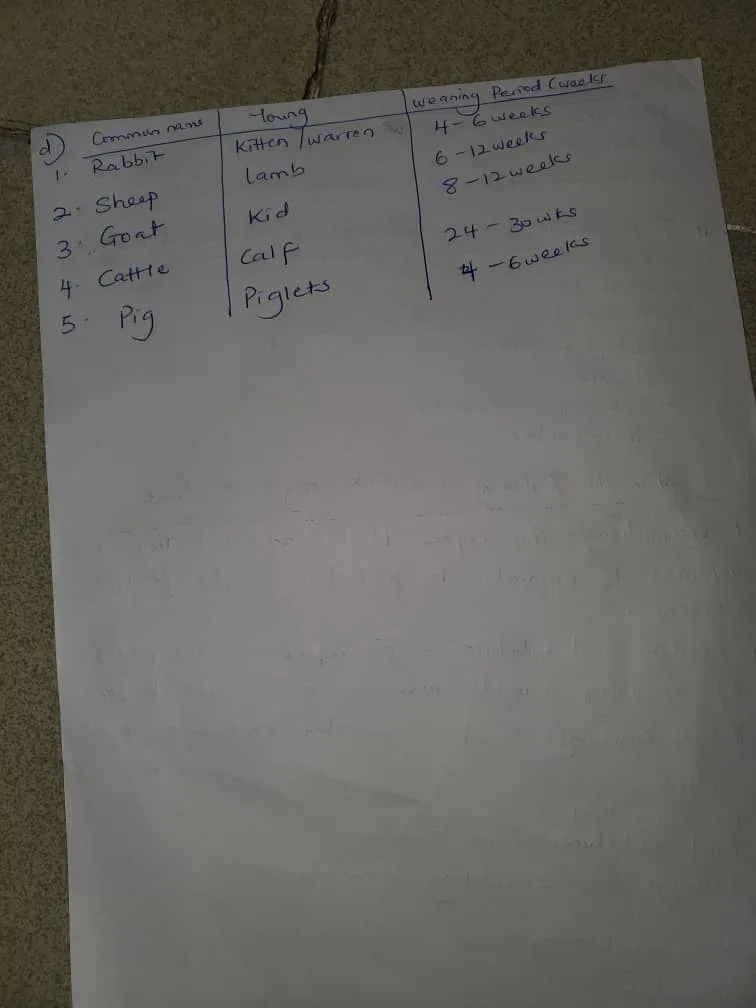
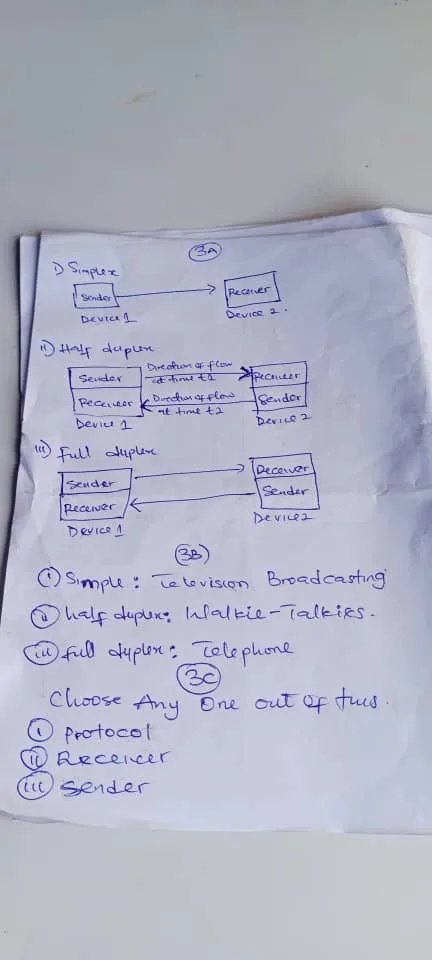
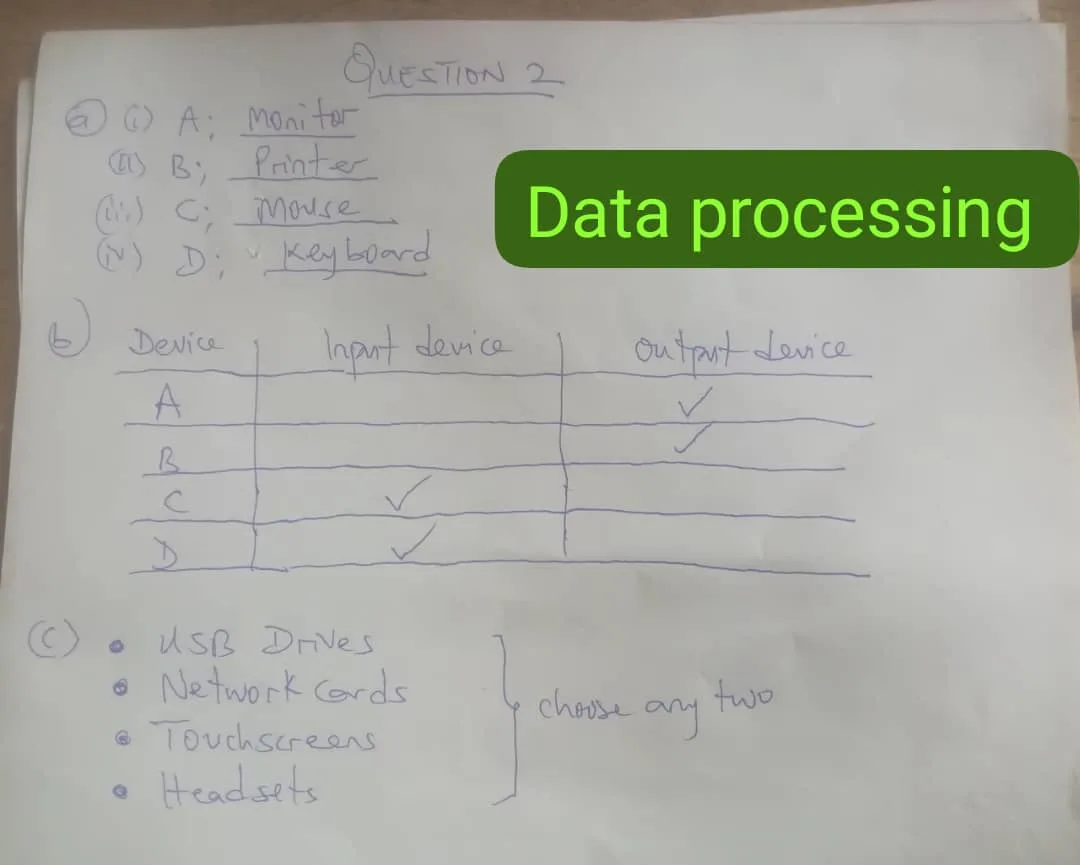
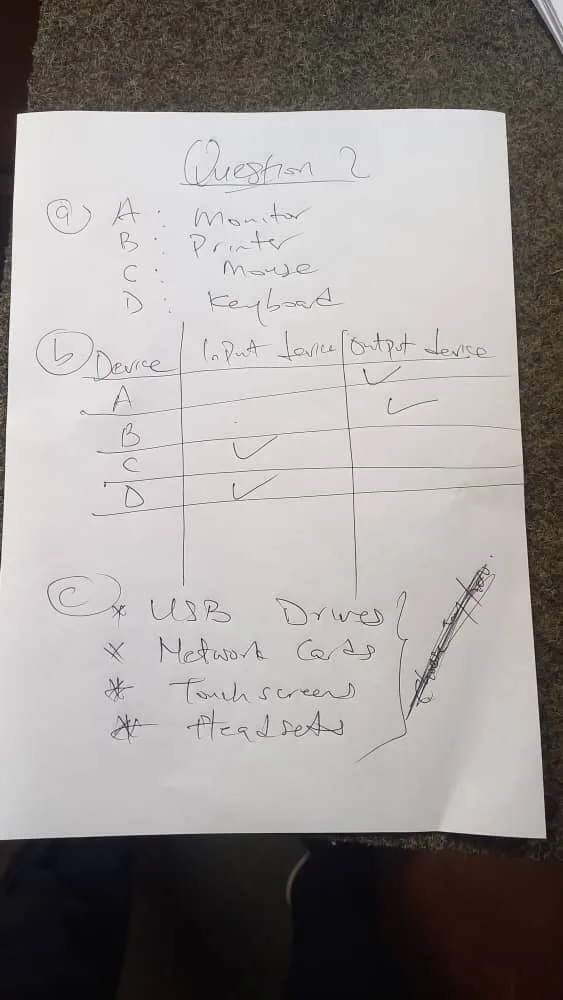
(b) Examples
- Simplex: Radio broadcasting
- Half Duplex: Walkie-talkies
- Full Duplex: Telephone conversations
(c) Data Communication Component
Transmitter:
The device or component responsible for sending data from one point to another.





